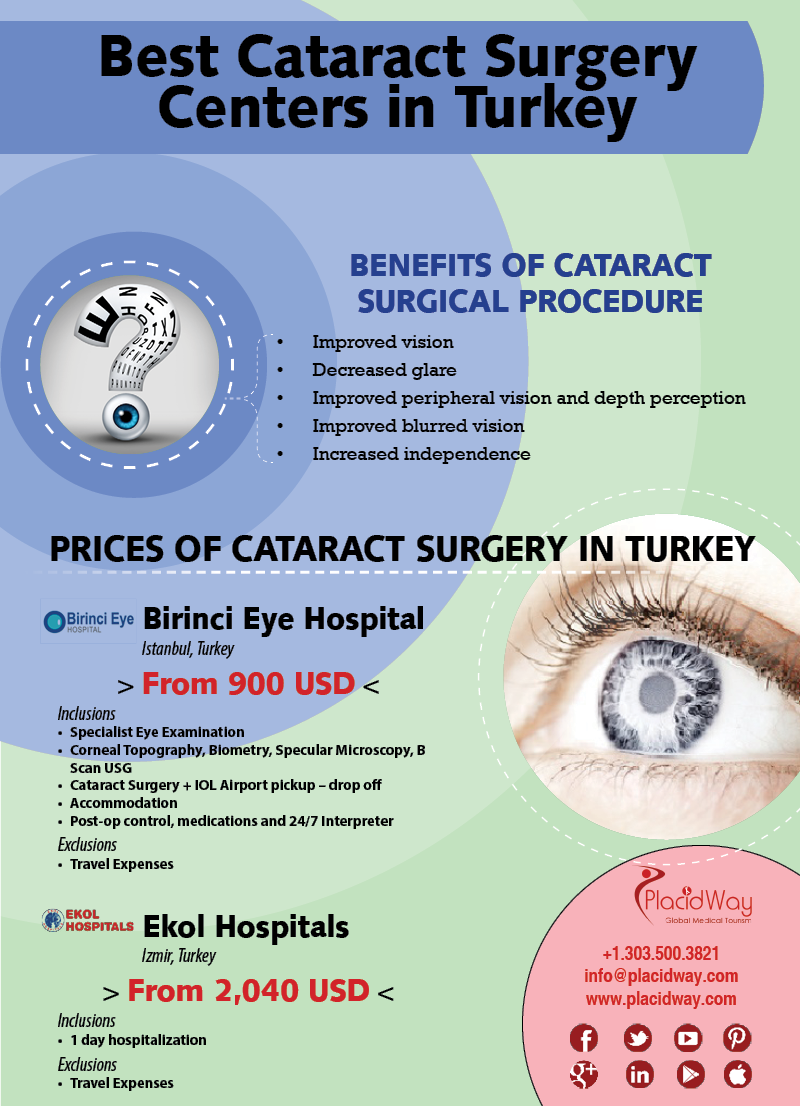Examining The Advantages And Disadvantages Of Standard Cataract Surgery Versus Laser-Assisted Approaches
Examining The Advantages And Disadvantages Of Standard Cataract Surgery Versus Laser-Assisted Approaches
Blog Article
Short Article By-McGraw Christensen
When pondering the choice between conventional cataract surgical procedure and laser-assisted methods, you may find yourself considering the benefits and disadvantages each method offers. The choice exceeds the surface degree of cost and accuracy, delving into the world of long-lasting results and patient satisfaction. As you navigate via the intricacies of these two strategies, it comes to be imperative to comprehend the nuanced details that can dramatically impact your aesthetic clearness and general experience. Keep tuned to discover the vital elements that will assist your decision-making procedure in this important element of eye care.
Typical Cataract Surgical Treatment Benefits And Drawbacks
When considering standard cataract surgical treatment, you may locate that it's a well-established and widely-used strategy. In this procedure, a specialist makes a tiny cut in the eye and uses ultrasound to break up the over cast lens before removing it. When the cataract is eliminated, an artificial lens is placed to recover clear vision.
One of the primary benefits of standard cataract surgical treatment is its record of success. Lots of patients have actually had their vision significantly boosted through this treatment. Additionally, traditional surgery is typically covered by insurance, making it a more accessible option for numerous people.
Nevertheless, there are some downsides to typical cataract surgery too. Recovery time can be much longer contrasted to newer techniques, and there's a somewhat higher risk of problems such as infection or inflammation. Some clients might likewise experience astigmatism or call for reading glasses post-surgery.
Laser-Assisted Techniques Pros and Cons
Discovering laser-assisted methods for cataract surgical treatment reveals a contemporary method that uses laser innovation to carry out crucial action in the procedure. Among the primary advantages of laser-assisted cataract surgery is its accuracy. The laser enables incredibly accurate lacerations, which can cause much better visual results. In addition, the use of lasers can decrease the amount of ultrasound power needed during the surgical treatment, possibly decreasing the risk of difficulties such as corneal damage.
On the downside, laser-assisted techniques can be extra expensive compared to conventional techniques. This price mightn't be covered by insurance coverage, making it less easily accessible to some people.
One more consideration is that not all cataract specialists are trained in laser modern technology, which could limit your choices for picking a doctor.
Lastly, while what cataract surgery does medicare cover can automate certain facets of the procedure, the surgical procedure still calls for an experienced doctor to make certain effective outcomes.
Comparative Evaluation of Both Methods
For a comprehensive understanding of cataract surgical treatment strategies, it's important to perform a relative analysis of both typical and laser-assisted techniques.
Standard cataract surgery includes hand-operated incisions and using handheld tools to break up and eliminate the over cast lens.
On the other hand, laser-assisted cataract surgical treatment makes use of advanced innovation to produce exact cuts and separate the cataract with laser energy prior to removing it.
In regards to precision, laser-assisted methods provide a higher degree of precision contrasted to standard approaches. The use of lasers allows for modification of the treatment based on each patient's eye composition, possibly resulting in far better aesthetic outcomes.
Nonetheless, laser-assisted cataract surgical procedure has a tendency to be a lot more pricey than conventional surgical treatment, which may limit accessibility for some clients.
While both methods work in restoring vision impaired by cataracts, the option between standard and laser-assisted techniques commonly depends on factors such as price, accuracy, and individual client requirements.
Consulting with visit the site can assist establish one of the most ideal method for your cataract surgery.
Final thought
To conclude, when choosing between typical cataract surgical procedure and laser-assisted techniques, take into consideration aspects like expense, precision, and individual requirements. Typical surgical procedure supplies a tested performance history and insurance protection but might come with longer recuperation times. Laser-assisted methods give higher accuracy and modification however can be more costly and not constantly covered by insurance. Ultimately, view it now between the two methods depends upon what is most important to you and your certain circumstance.
